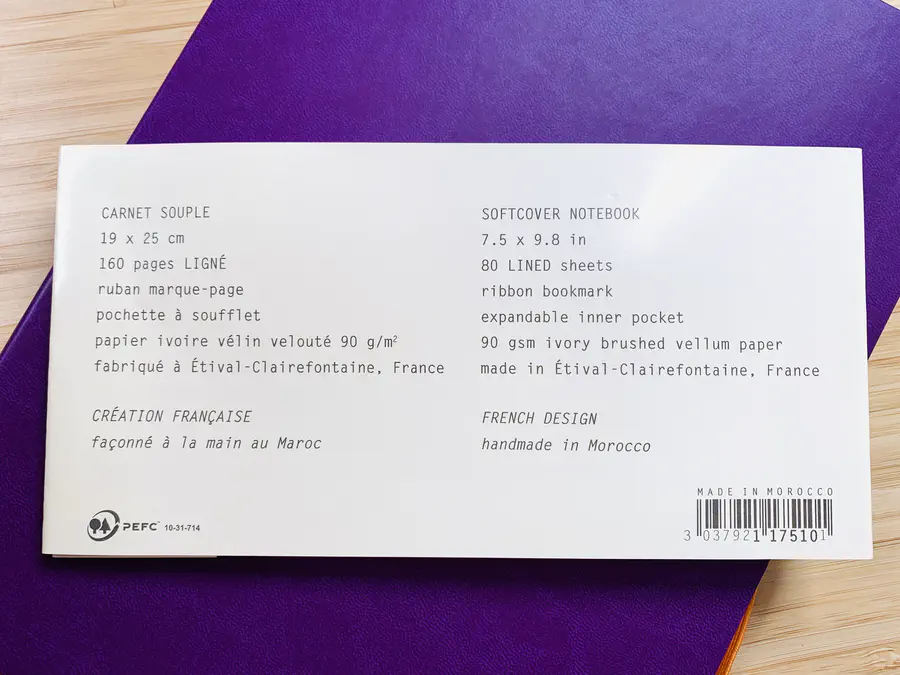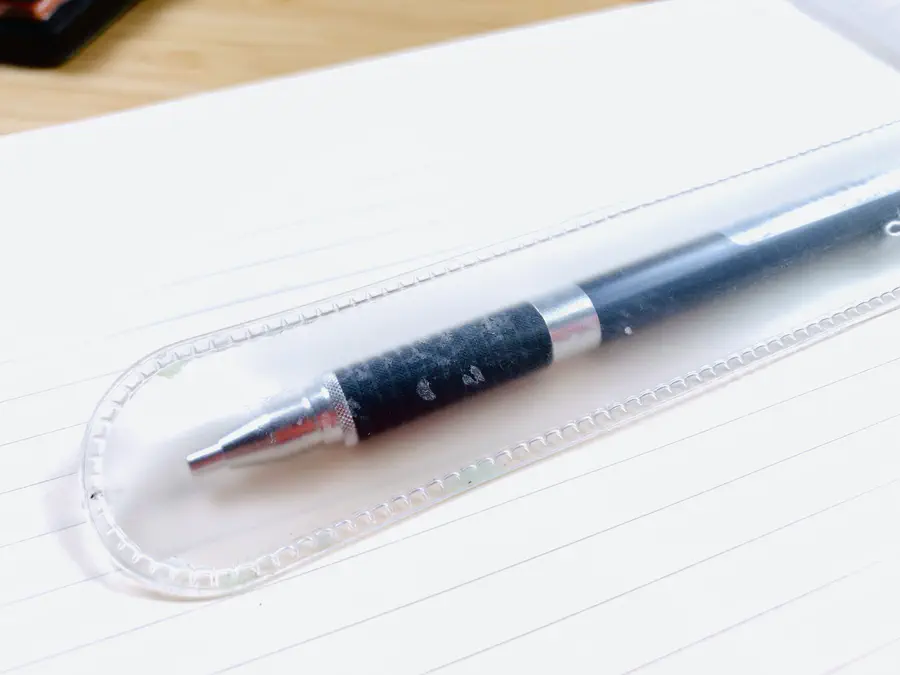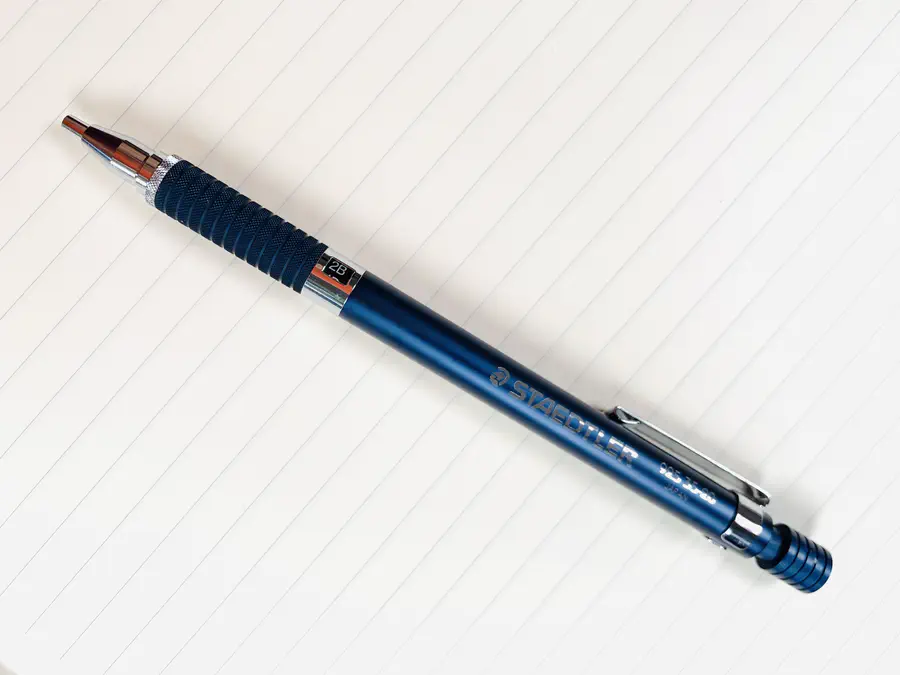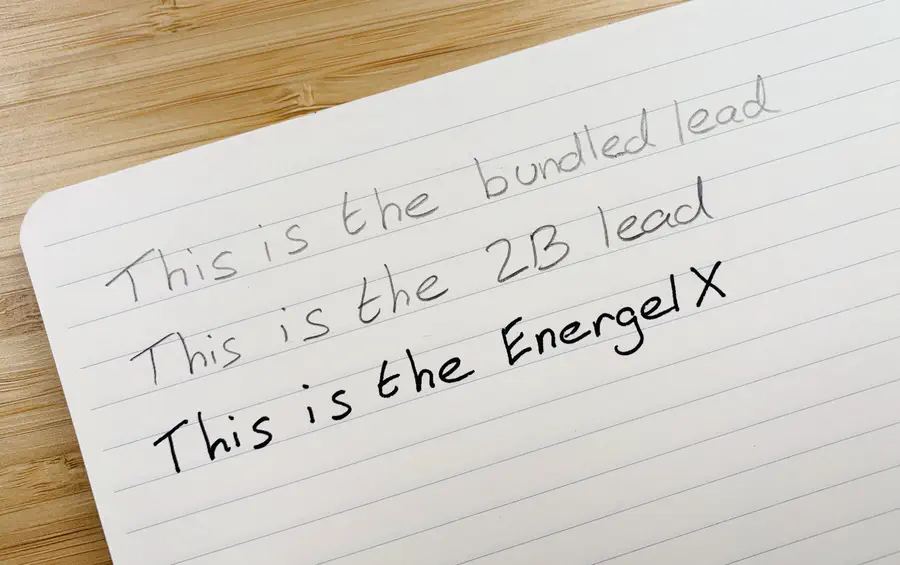The Season of Mindfulness
🔗 Friday, 2 April 2021 • Cariad Eccleston • @cariad@gamedev.lgbt
Resolutions suck. Give yourself a theme instead.

It was my 40th birthday a few months ago. I’m not particularly depressed about getting older, but I’m devastated by the projects I’ve given up along the way.
I envy folks with long-established blogs – but if I hadn’t given up on my first blog, I’d have a twenty-year writing career by now. I was earning coin, and I gave it up. That’s on me.
I envy the style and confidence of YouTubers – but if I hadn’t given up on my channel, I would’ve cultivated that confidence for myself by now. I was earning more coin from YouTube than I ever did from my blog, and still I gave it up. That’s on me.
I envy authors with books to sell – but if I’d persevered with any of the abandoned manuscripts within arm’s reach of me right now, I’d have books too. That’s on me.
Why did I let myself fuck up so badly? How long until I do it again? The thought of looking back at my next decision with regret terrifies me.
It feels safer to not change. I’m grateful to have the mind to recognise how unhealthy that sentiment is. But I don’t have the heart to overcome it.
All or nothing
Change doesn’t come easy. I have diagnosed generalised anxiety, bipolar disorder and paranoia, and I don’t bring those up as a crutch or an excuse. I bring them up to shine a light into the face of my saboteur and see if I can figure her out.
One of my greater personality flaws is my all-or-nothing mindset. If I doubt that I could finish a thing–and finish it well–then I tend toward not starting the thing. I need to be universally loved, otherwise I must be universally hated. Give me the whole pie, or none of it.
I’ve got a coping strategy for that all-or-nothing mindset when it comes to coding. See, coding is kinda-almost fractal; an application is made up of projects, which are made up of scripts, which are made up of functions, which are made up of lines, which are made up of ideas.
I don’t need to take an all-or-nothing approach to any application I’m working on. I can put a box around whatever idea I’m working on and say that’s the bit I’m going to get right today.
If only everything else was as easy as coding, right?
Self-destruction
A dangerous sidecar to my all-or-nothing mindset is the self-destruction. Woe betide any project I start and fail at; I’ll yeet it into the sun and be inconsolable for a month.
And that’s why I’ve given up on so many good things; blogging, YouTube, creative writing, photography, game streaming, the lot. The moment any doubt creeps into my heart, I nuke the entire site from orbit and add the experience to my arsenal of reasons why I shouldn’t bother trying new things.
But then, there are moments of lucidity. There are days–like today–when I look at the burning wreckage and wonder why.
I don’t know if it’s too late for those abandoned projects or if that’s just the paranoia coming through. I do know that I’ve got to change. But I’ve conditioned myself to be terrified of change, so what do I do?
Themes
New Year’s Resolutions suck. Human behaviour change is really hard, and the Resolution Rodeo: this is not the way.
Instead, to accomplish what you want out of resolutions – positive life change, but in a better way – allow me to suggest a gentler idea.
Give yourself a theme.
I didn’t go looking for CGP Grey’s Your Theme. In a rare move, the YouTube algorithm was wonderful.
See, if you decide to manifest a change by setting a date and resolving to hit goals from thereto after–New Year’s Resolutions, for example–then you’ve set yourself up for failure more so than success.
“I’m going to write a blog post every day” is a resolution. It’s an unrealistic one, too. With all the good will and intentions in the world, there’ll be days that there just isn’t time. Plus, does it even sound like a fun commitment to make?
But we all set unachievable goals, because setting achievable goals feels like cheating.
So we set unachievable goals, and we expect ourselves to meet the challenge cold-turkey on the first day of our new life. And when we inevitably fail, our resolution dies and there’s no point in continuing. We’ll try again next year.
On the other hand, themes encourage long-term trends by making small short-term changes. Themes don’t prescribe what or how to any precision, and don’t prescribe any failure states.
Say you’re considering the resolution “I will lose 100lbs this year.” There are any number of ways that resolution could go off the rails and end in demoralising so-called “failure”. But if you rephrase your resolution into a theme–say, “This will be my Year of Health”–then the pressure to achieve a single large goal evaporates. In its place, you can recognise that any progress towards improved health–say, every kilometre walked instead of driven, or every soda replaced by water–is a win.
And since a year is a long time, how about a “season” to focus your energy into? You can commit to trying small new things for twelve weeks, right?
Themes acknowledge that change is difficult, that the future is unknowable, and that any positive change is better than none.
Which theme do I need?
Grey suggests that the qualities of a good theme are:
- Broad: not tied to any specific method, task or deadline.
- Directional: can be practised in small ways that trend you towards a larger change.
- Resonant: it excites and energises you.
A natural theme for me would be writing. I miss writing, and it’s been so long since my daily writing habit that I’ve lost a lot of confidence. In the old days, I could’ve written this post in a couple of hours. I’m almost up to an entire day now. I want to build that confidence back up, and I know that writing is the way to go.
So writing feels like a good theme. It’s broad, it takes me in a direction I want to go, but it isn’t enough. I need to get a bit more specific before it resonates.
I’d love to get back into creative writing, but even just considering it ramps my anxiety. There already aren’t enough hours in the day to do the work I need to pay the rent. Going freelance came with a massive pay cut, plus a massive increase in hours. I just don’t have time for new projects.
Non-fiction writing, then? I do have a technical book in progress. I add words here and there, when I find time to focus. I love working on it, but I can’t just resolve to working on it more.
My days are crammed. My brain spins and whispers. I don’t have time to do anything more, and I don’t have the peace-of-mind to slow down and try something different. My all-or-nothing brain is already yanking the abort cord.
I don’t need a Season of Writing. I need a Season of Mindfulness.
Season of Mindfulness
Season of Mindfulness is broad. It doesn’t prescribe any methods, tasks or deadlines. It merely reminds me to be present in the moment.
Season of Mindfulness is directional. My mind is chaotic, and I can craft order in small steps.
And, oh boy, does Season of Mindfulness ever resonate right now. I’m onboard for this change.
As soon as I recognised that this was a theme I wanted to adopt, I knew I wanted to make journalling a part of it. I’ve heard it’s incredibly effective for other folks, and I’d love to get back into the habit of daily writing.
I tried Bullet Journalling in the past, but–as is my wont–I gave up too quickly. So I hit up YouTube to find any other ideas for mindful journalling, and – to my surprise – Bullet Journalling still ranked pretty highly.
I particularly enjoyed Mindfulness Meets Productivity from Ryder Carroll–the creator of the Bullet Journal Method–who opens the video with:
When people ask me what the Bullet Journal method is, I like to describe it as a mindfulness practice that’s disguised as a productivity system.
Mind. Blown. I thought I knew Bullet Journalling, but I never saw it through that lens before.
Alright. Let’s do it.
Rhodiarama notebook
I needed to pick up a few tools, and since change doesn’t come easy, I allowed myself some treats.
Leuchtturm1917 books have incredible paper (Leuchtturm1917’s 80gsm paper isn’t as famous as Moleskine’s 70gsm, but it’s way nicer) but A5 is just too small for me. I can’t find a great posture for writing at the bottom of pages, so the final few lines go to waste. With A5, I end up barely using two-thirds of each page and hating the writing experience.
If you wanted an A5 notebook then I’d recommend Leuchtturm1917 without hesitation. But if you want something a little larger, B5 is wonderful. B5 sits right between A4 and A5. It’s less easy to find, and tends to be a little more expensive than you’d expect, but I find it far easier to write on.
I couldn’t find any Leuchtturm1917 B5 books at a price I was willing to pay, so I’ve gone for a brand that I’ve heard good things about, but never tried for myself: Rhodia.

This Rhodiarama notebook has 90gsm paper, which is the heaviest I think I’ve ever written on and it’s glorious.
The statement that it’s “ivory brushed vellum” did me a concern, and it took me a solid ten minutes of research to realise it’s not “brushed with ivory”, but rather “ivory paper that’s been brushed”.
As best as I can tell, “ivory paper” means it’s incredibly white, incredibly bright, and… at this point, I got a bit worried about how sustainable the materials and manufacturing of this book are.
Strangely, Rhodia hide away their environmental credentials. It took some creative Googling to find their ecology and sustainability statement.
In short, Rhodia “mainly use fibres from sawmill waste, pruned trees and thinned trees”. Paper fibres in products with the Blue Angel logo are entirely recovered from existing paper.
Phew!
Staedtler “Night Blue” 2.0mm lead holder
The Pentel 1.0mm EnerGel X is my favourite pen in the observable universe. They write thick, dark and smooth.
They also–rarely, but still–get clogged up and splooge.
I like the idea of pencils. The tips might snap, but they don’t explode. But I couldn’t tear myself away from the bold, dark strokes of the EnerGel.
That is, until I watched this journaller write with a 2mm Kitaboshi lead holder
Unf. Doesn’t that look good?
I checked out my options and the Staedtler “Night Blue” 2.0mm lead holder came out on top, so I nabbed one.

First impressions? Yikes. I don’t know how long Amazon had this thing in the warehouse, but it arrived tucked in a grubby and mouldy sleeve. If you’re thinking about gifting one of these, give it a scrub first!

After a wipe-down, it was fine. It’s got a cool metallic weight, and the knurling on the bottom is super-grippy. I thought I’d miss the soft grip of the EnerGel, but nah; this knurling wins.
But how do the strokes look?
Mars Carbon leads and writing experience
The Staedtler was bundled with a lead which I presume is HB, but I wanted something a little more bold. Of all the 2mm 2B leads out there, I went for a pack of Staedtler Mars Carbon.
And wow does that lead go down smooth on the Rhodia paper.

For the boldest strokes, nothing here beats the EnerGel X. The bundled lead–which, again, I assume is HB–wasn’t just the weakest; it was too weak. It doesn’t contrast well with the paper, and it’s a touch too scratchy to be joyful to write with.
The Mars carbon 2B is a fantastic middle ground, and I don’t regret taking a punt on it. I might try a softer lead next time, though.
And that ruler–a Midori 15cm aluminium ruler–slides into the notebook’s rear pocket perfectly.
Day 2
My Season of Mindfulness begins today with this post and some notes about how I’m feeling. I don’t have any grand plans for what exactly I’ll do tomorrow. Maybe I’ll find a good book or video or something, and start learning new ways to recognise and understand my mind.
No self-destruction this time. Let’s see this season through.